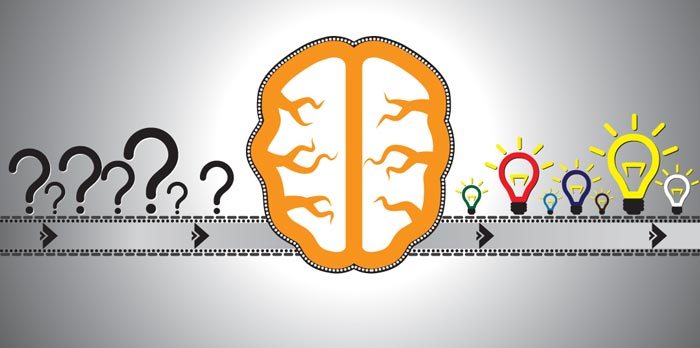
“How can you say that you’re not responsible?
What does it have to do with me?
What is my reaction, what should it be?
Confronted by this latest atrocity.”
Family Businesses need problem solvers.
Businesses have problems. Family businesses have problems, some common to every business and some unique. Cultures, companies have a problem solving pattern, a distinctive blueprint. Organizational patterns are a structure of the culture. In a professional organization, those patterns help the organization achieve its goals. Family businesses can evolve. Successful family firms move from Entrepreneurial to Managerial to Professional.
The first step in solving any problem is admitting you have one! In some cultures, this is a significant problem. Family business may have issues admitting there is a problem, often is difficult for the second generation.
There a number of problem solving tools, 8D, Seven Step and 12 Step. The US Army uses a 7 Step, they teach it. It’s part of their Leadership development process.
The 7 Steps are:
PURPOSE
To define the 7 steps of the Military Problem Solving Process
To describe some of the Road Blocks to problem solving
REFERENCES
FM 22-100 Army Leadership
FM 101-5 Staff Organization and Operations (Chapter 5)
OUTLINE
Problem Solving Steps
Practical Exercise
Road Blocks to Problem Solving
Summary
Conclusion
PROBLEM SOLVING PROCESS
1. Recognize and Define the Problem
2. Gather Facts and Make Assumptions
3. Define End States and Establish Criteria
4. Develop Possible Solutions
5. Analyze and Compare Possible Solutions
6. Select and Implement Solution
7. Analyze Solution for Effectiveness
 2nd Generation Family Business owners face many challenges. The next generation is not always inspired or passionate the way the founder. Often they have desires to go into other fields or they see the family business as a means to an end, but they never see the business like the first generation did. While sometimes it works out. Experts list a number of challenges for the next generation:
2nd Generation Family Business owners face many challenges. The next generation is not always inspired or passionate the way the founder. Often they have desires to go into other fields or they see the family business as a means to an end, but they never see the business like the first generation did. While sometimes it works out. Experts list a number of challenges for the next generation:
• Entitlement • Knowledge
• Laziness • Network
• Indifference • Distrustful Employee treatment
• Passion • Unmotivated
At times the next generator owner, leader displays a short fuse, irrational, verbal, disrespectful approach when problems occur. These behaviors are counterproductive to true problem solving. Periodically, this behavior is masked by a problem.
Dr. Moshe Rubinstein, the father of problem-solving, productivity and leveraging the creative forces that is your brain. He listed these attitudes to problem solving.
The 9 attitudes that solve any business problem:
- View a problem as a challenge, an opportunity for new experiences to expand your problem-solving repertoire.
- Focus on the present and future obstacles, and deal with those you can do something about. When obstacles appear to be insurmountable: question the goal, and if necessary, modify it.
- Pay attention to the distinction among facts, opinions and judgments. First get the facts, then interpret them. Don’t judge the facts before you do that analysis.
- Listen to experts, authorities and others you trust as if you will be required to take an exam on what they are saying. Don’t refute or judge what they say when they say it. Ask questions if you don’t understand, but don’t argue.
- Use reason not pride. You will be tempted to distort the facts if you have to manage your ego rather than manage the problem-solving process.
- Don’t solve the problem too soon. Take every minute you can to gather and process information from sources. Don’t take more time than you can afford, but do not begin your evaluation and selection of a solution prematurely.
- Focus your attention on surmountable obstacles that block the way to a solution, any solution. Identify what can’t be overcome, and if a path still exists around those, then pick off the ones that remain.
- Expect that implementation of the solution will be harder than coming to it. You’ll undoubtedly need other people to implement. Educate them about the benefits of a solution, before you tell them what they will need to do.
- Believe you have control, because then you will. Even if you are wrong in fact, the perception that you have control will promote your ability to perform. Ask yourself if you have a choice, and if you answer honestly, you almost always realize that you do. Choice is control.

Leave a Reply